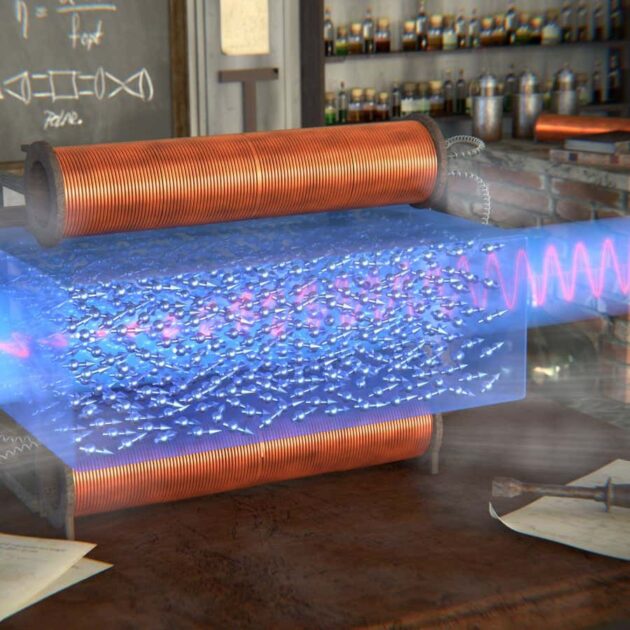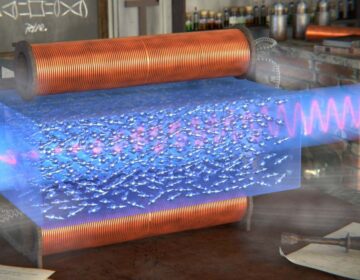New research shows that the magnetic part of light actively shapes how light interacts with matter, challenging a 180-year-old belief.
The team demonstrated that this magnetic component significantly contributes to the Faraday Effect, even accounting for up to 70% of the rotation in the infrared range. By proving that light can magnetically torque materials, the findings open unexpected pathways for advanced optical and magnetic technologies.
Researchers at the Hebrew University of Jerusalem have uncovered new evidence that the magnetic portion of light, not only its electric component, plays a meaningful and direct part in the way light interacts with materials. Their results, published today (November 19) in Scientific Reports, call into question a long-held explanation of the Faraday Effect, a key physics phenomenon first described nearly two centuries ago.
The first theoretical demonstration that the oscillating magnetic field within light actively shapes the Faraday Effect. This effect occurs when the polarization of light rotates as it moves through a substance placed in a steady magnetic field.
“In simple terms, it’s an interaction between light and magnetism,” explains Dr. Capua. “The static magnetic field ‘twists’ the light, and the light, in turn, reveals the magnetic properties of the material. What we’ve found is that the magnetic part of light has a first-order effect, it’s surprisingly active in this process.”







